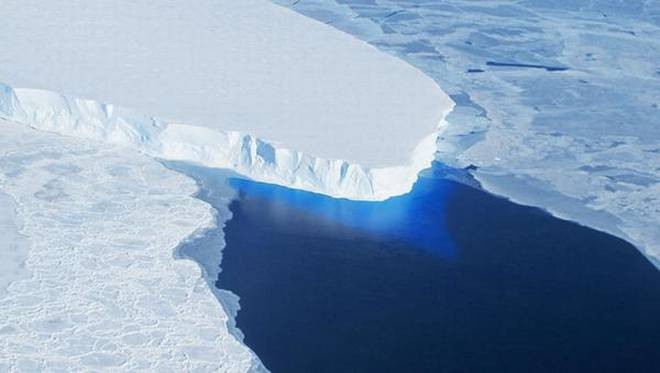- Even if humanity stops global warming in its tracks at two degrees Celsius, long seen as the guardrail for a climate-safe world, Arctic sea ice will still disappear in some years, scientists have warned. However, holding the line at 1.5 degrees Celsius, however, would make a huge difference.
- In a 2 degrees Celsius world, the Arctic Ocean would be ice-free roughly one-in-four years, whereas if warming does not exceed 1.5 degrees Celsius, the odds drop to one-in-40, the researchers concluded.
- The 197-nation Paris climate pact enjoins the world to halt warming at “well under” 2 degrees Celsius above mid-19th-century levels, and “pursue efforts” to cap the rise at 1.5 degrees Celsius. With one degrees of warming so far, Earth has already seen a crescendo of droughts, heat waves, and storms ramped up by rising seas.
- The loss of Arctic sea ice is not only a consequence of global warming, but also an accelerant when millions of square kilometres of snow reflecting the Sun’s radiation back into space are replaced with dark blue ocean that absorbs it instead.
- Recent studies have also fingered dwindling sea ice as a likely driver of topsy-turvy winter weather that has seen days when the North Pole is tens of degrees Celsius warmer than Europe and North America.
Paris Treaty
- The Paris Agreement, hailed as a landmark international deal, was signed by 194 countries, including the EU and China, at a UN meeting in the French capital in late 2015.
- The agreement aims to limit the increase in global average temperatures to “well below 2°C above pre-industrial levels” – the level beyond which scientists say we will see the worst extremes of global warming.
- It also aims to “pursue efforts to limit the temperature increase to 1.5°C above pre-industrial levels, recognizing that this would significantly reduce the risks and impacts of climate change”.
Source: The Hindu

